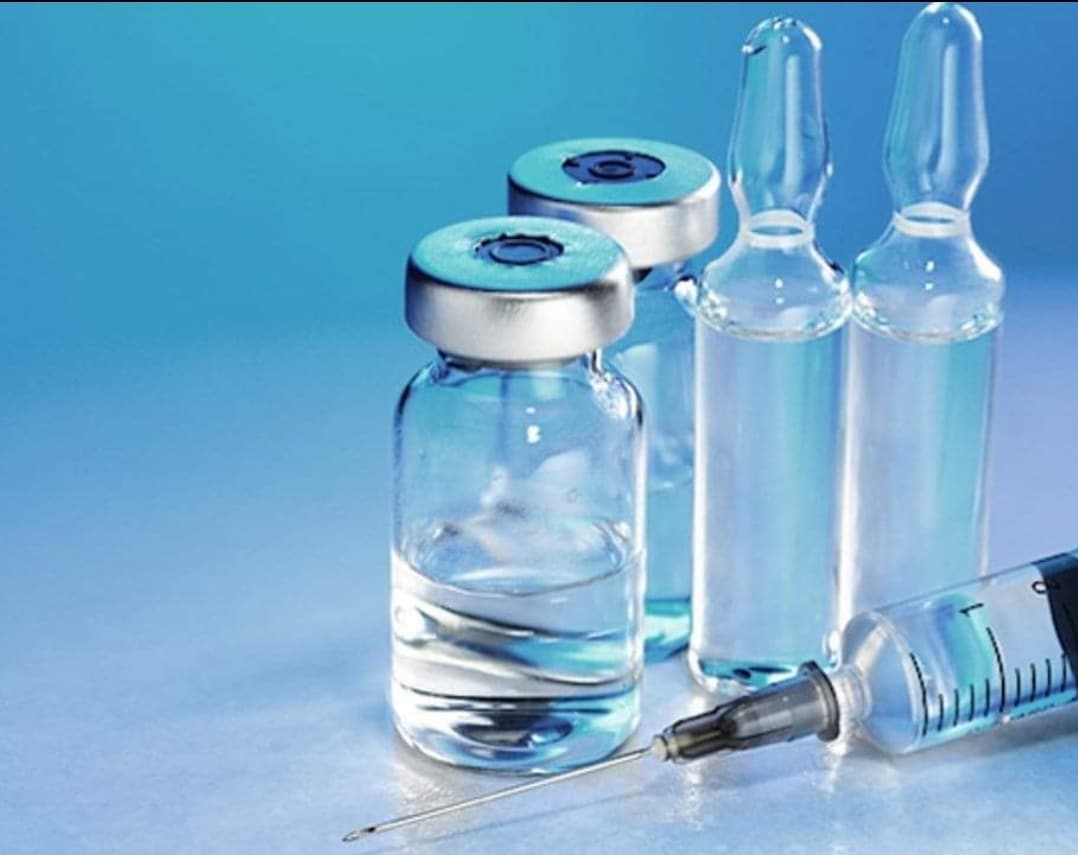USP Dose Proportionality Testing of Parenterals
The USP Dose Proportionality Testing (DPT) is a critical quality assurance measure applied to parenteral products. This testing ensures that the pharmacokinetic behavior and therapeutic effects of drugs remain consistent across different dose levels, which is crucial for patient safety and efficacy.
Parenteral products are formulated for delivery into the bloodstream via injection or infusion. These formulations can include sterile solutions, suspensions, emulsions, and lyophilized powders intended to treat various medical conditions such as infections, chronic diseases, and post-surgical recovery. The USP DPT is particularly important in this context because it helps identify any potential issues with the drug’s absorption rate or bioavailability at different dose levels.
The test involves administering two or more doses of a parenteral product to healthy volunteers or subjects under controlled conditions. The primary goal is to compare the pharmacokinetics (PK) parameters between these doses. Common PK parameters include Cmax, Tpeak, AUC, and half-life.
Understanding dose proportionality helps in determining whether increasing the dose leads to a proportional increase in the drug’s effect. This information is vital for formulating effective dosing regimens that minimize side effects while ensuring therapeutic efficacy. The USP provides guidelines on how to conduct this testing, emphasizing consistency and reproducibility.
The process begins with selecting suitable test subjects who meet specific eligibility criteria. These criteria ensure that the results are reliable and valid for extrapolation to a broader patient population. Once selected, the subjects undergo thorough medical evaluations before receiving the test product in two or more dose levels.
Post-administration, blood samples are collected at predefined time points to measure the concentration of the drug over time. These samples are analyzed using validated chromatographic methods such as HPLC (High-Performance Liquid Chromatography) or LC/MS (Liquid Chromatography/Mass Spectrometry). The data obtained from these analyses is then used to calculate PK parameters.
Compliance with USP standards ensures that the testing process adheres to rigorous scientific protocols. This includes maintaining precise dosing regimens, monitoring patient responses closely, and ensuring sample integrity throughout the analytical process. Compliance officers and quality managers rely on such data to ensure that their products meet regulatory requirements and are safe for use.
The results of DPT provide valuable insights into the drug’s behavior at different dose levels. This information is crucial not only during development phases but also in post-market surveillance, where it helps monitor the long-term safety and efficacy of a product. By adhering to USP guidelines, pharmaceutical manufacturers can ensure that their products are safe, effective, and compliant with international standards.
In conclusion, DPT plays a vital role in ensuring that parenteral products perform consistently across different dose levels. This testing is essential for maintaining high-quality standards in the pharmaceutical industry and safeguarding public health.
Applied Standards
The USP Dose Proportionality Testing of Parenterals adheres to specific guidelines outlined in the United States Pharmacopeia. These guidelines are designed to ensure that the testing is conducted consistently and accurately, providing reliable data for evaluating dose proportionality.
Key standards include:
| Standard | Description |
|---|---|
| USP 810 | Guidance for the selection of healthy subjects. |
| USP 812 | Procedures for dose proportionality testing. |
The standards emphasize the importance of selecting appropriate test subjects, ensuring proper dosing procedures, and using validated analytical methods to measure drug concentrations accurately. Compliance with these guidelines ensures that the results are reliable and can be used for regulatory submissions.
Scope and Methodology
| Aspect | Description |
|---|---|
| Dose Selection | Doses should be selected based on preliminary studies to ensure they are within the therapeutic range and cover a wide enough span to demonstrate proportionality. |
| Subject Eligibility | Healthy volunteers or subjects must meet specific criteria, such as age ranges and absence of comorbidities that could interfere with drug absorption. |
| Dosing Schedule | The schedule should allow for sufficient time intervals between doses to ensure accurate PK parameter determination. |
| Sample Collection | Blood samples are collected at predefined time points post-dose administration to measure drug concentration. |
The methodology involves administering two or more doses of the parenteral product to subjects under controlled conditions. Blood samples are then collected and analyzed using validated chromatographic methods such as HPLC or LC/MS to determine PK parameters.
Interpretation of results focuses on comparing the pharmacokinetic behavior at different dose levels to ensure proportionality. Any deviations from expected behavior may indicate potential issues with drug absorption, distribution, metabolism, or excretion and should be investigated further.
International Acceptance and Recognition
The USP Dose Proportionality Testing of Parenterals enjoys widespread international recognition and acceptance. Many regulatory bodies worldwide have adopted the USP guidelines as a benchmark for ensuring the quality and safety of parenteral products.
Regulatory authorities such as the European Medicines Agency (EMA), the World Health Organization (WHO), and various national drug regulatory agencies consider compliance with USP standards as an essential criterion for product approval. This recognition underscores the importance of DPT in ensuring that parenteral products are safe, effective, and consistently perform across different dose levels.
Pharmaceutical manufacturers who adhere to these guidelines can confidently submit their products for regulatory review knowing that they meet stringent quality standards set by recognized authorities. This compliance not only facilitates smoother approval processes but also enhances the reputation of the manufacturer in the global market.





